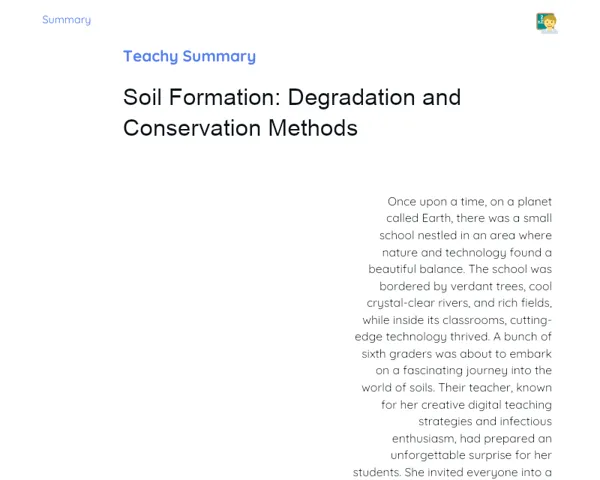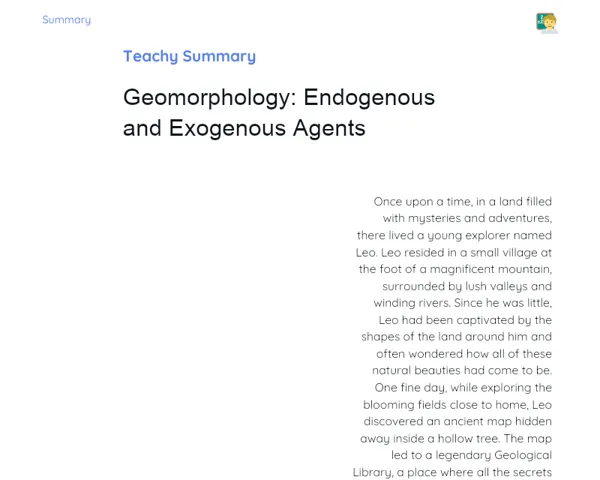Goals
1. Understand the significance of renewable energy for sustainable development.
2. Recognise various types of renewable energy sources and how they can be practically applied.
3. Evaluate the environmental and economic impacts of different renewable energy matrices.
Contextualization
In today's world, renewable energy sources like solar, wind, biomass, and hydroelectric power have become increasingly vital. With growing concerns around sustainability and climate change, countries around the globe are investing heavily in clean energy to lessen reliance on fossil fuels and address environmental challenges. These investments not only contribute to preserving our environment but also create new job prospects and stimulate the economy, particularly in innovative sectors focused on developing better technologies for solar and wind energy generation.
Subject Relevance
To Remember!
Solar Energy
Solar energy is garnered from the sun's rays and converted into electricity or heat. It is one of the most abundant and promising renewable energy sources that can be harnessed on a large scale with photovoltaic solar panels or solar heating systems.
-
Solar energy is unlimited and plentiful.
-
It can be utilised for multiple applications, including generating electricity, heating water, and regulating indoor climate.
-
The cost of installing solar panels has dropped significantly, making it a financially viable option.
-
It produces no pollution during operation.
Wind Energy
Wind energy is generated by harnessing the wind, which turns the blades of turbines to produce electricity. It is one of the oldest forms of renewable energy and has substantial potential, especially in regions with consistent wind patterns.
-
Wind energy is clean and does not emit harmful gases.
-
Wind turbines can be installed both onshore and offshore.
-
Wind turbine technology is continuously advancing, enhancing efficiency and output capability.
-
It can be integrated into hybrid energy systems alongside other renewable sources.
Biomass
Biomass comes from organic material, including agricultural, forestry, and food waste. This biomass is converted into energy through processes like burning, gasification, or fermentation.
-
Biomass makes use of waste that would otherwise be thrown away, lessening environmental impact.
-
It can be utilised to generate electricity, heat, and biofuels.
-
Biomass technology plays a role in the sustainable management of waste.
-
Producing energy from biomass has the potential to create jobs in rural communities.
Practical Applications
-
The world’s largest solar farm in Abu Dhabi, showcasing the feasibility of large-scale solar ventures for clean electricity generation.
-
Offshore wind turbines in Denmark, effectively tapping into marine winds to generate electricity while minimising visual disruption.
-
Biomass power plants in Brazil that convert sugarcane by-products into electricity and biofuels, promoting sustainability in agriculture.
Key Terms
-
Renewable Energy: Energy sources that naturally replenish and aren't depleted, like solar, wind, biomass, and hydroelectric power.
-
Sustainability: The capability to fulfil current needs without compromising future generations' ability to meet their own.
-
Photovoltaic Solar Panels: Devices that convert sunlight directly into electricity using the photovoltaic effect.
-
Wind Turbines: Equipment that transforms wind's kinetic energy into mechanical energy, which is then converted into electricity.
-
Biomass: Organic material used as an energy source, originating from agriculture, forestry, and industrial waste.
Questions for Reflections
-
What are the main hurdles for large-scale renewable energy implementation in South Africa?
-
How can embracing renewable energy positively influence both the local and global economy?
-
In what ways can transitioning to renewable energy assist in alleviating the impacts of climate change?
Creating a Renewable Energy Project
A practical challenge to utilise the knowledge gained about renewable energy.
Instructions
-
Form teams of 4 to 5 learners.
-
Select a renewable energy source (solar, wind, or biomass) to create a project around.
-
Use materials available at home or school to construct a functional model demonstrating the chosen energy source.
-
Document the process with photos and notes, highlighting major steps and challenges faced.
-
Prepare a brief presentation (5 minutes) explaining how the model operates and the advantages of the selected energy source.
-
Present the project to the class, sharing insights and learnings.


